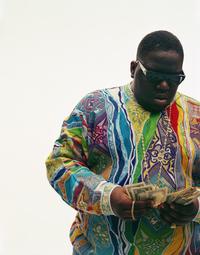Sanford Biggers (U.S., 1970) is a multimedia artist living and working in Harlem, New York. Through his work, he aims to create a place for forms of urban culture such as hip-hop and social activism within contemporary art.
Biggers: ‘Since 2012, the world has witnessed the killings of Trayvon Martin, Michael Brown, Eric Garner, Sandra Bland, Tamir Rice and literally countless other unarmed black citizens at the hands of the police, who frequently walk away without punishment. With these victims in mind, alongside numerous occasions in which even I — a law-abiding Ivy-league professor — have been targeted and harassed at gun point by the police — I created this body of work simply entitled BAM.’







